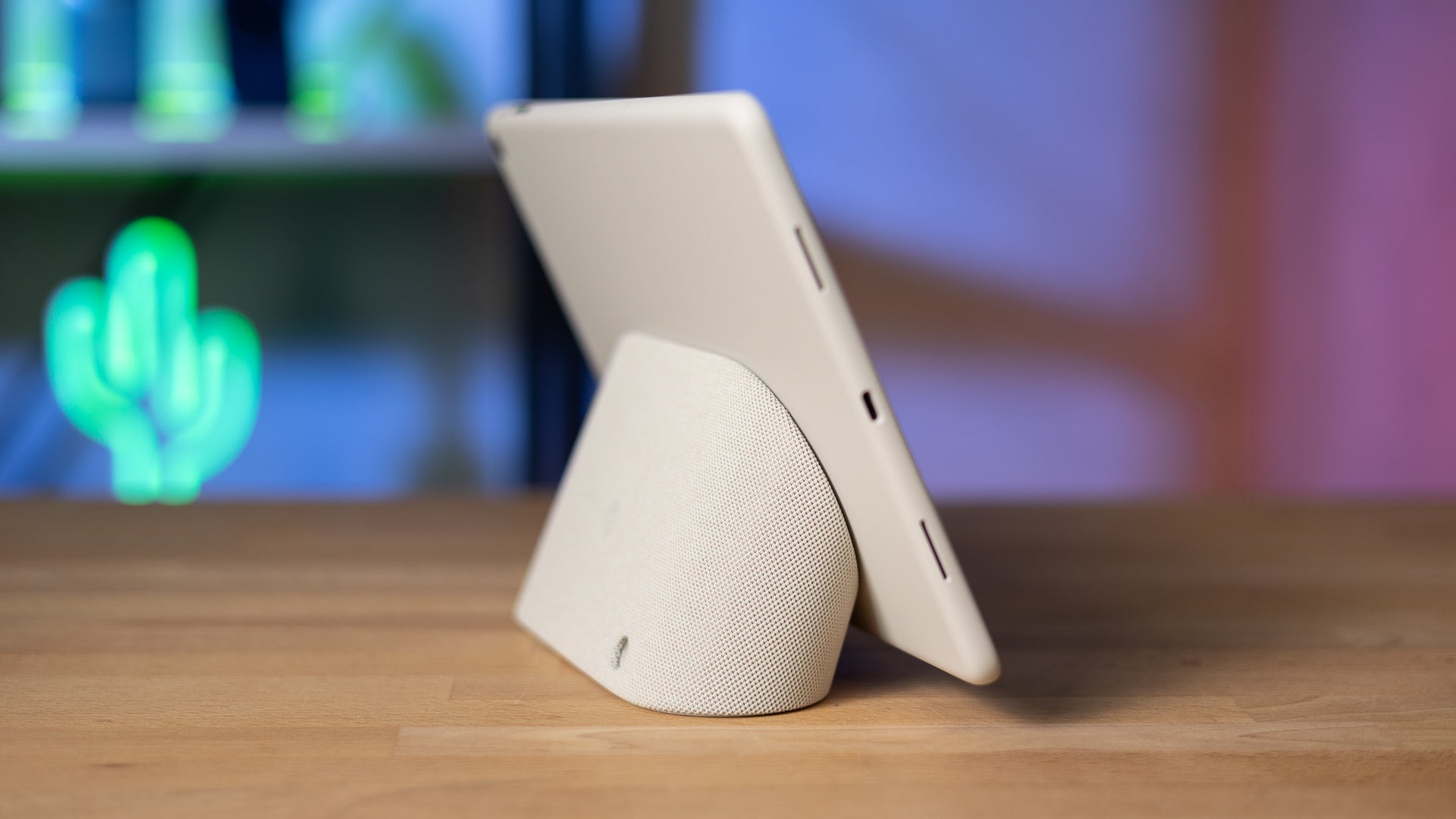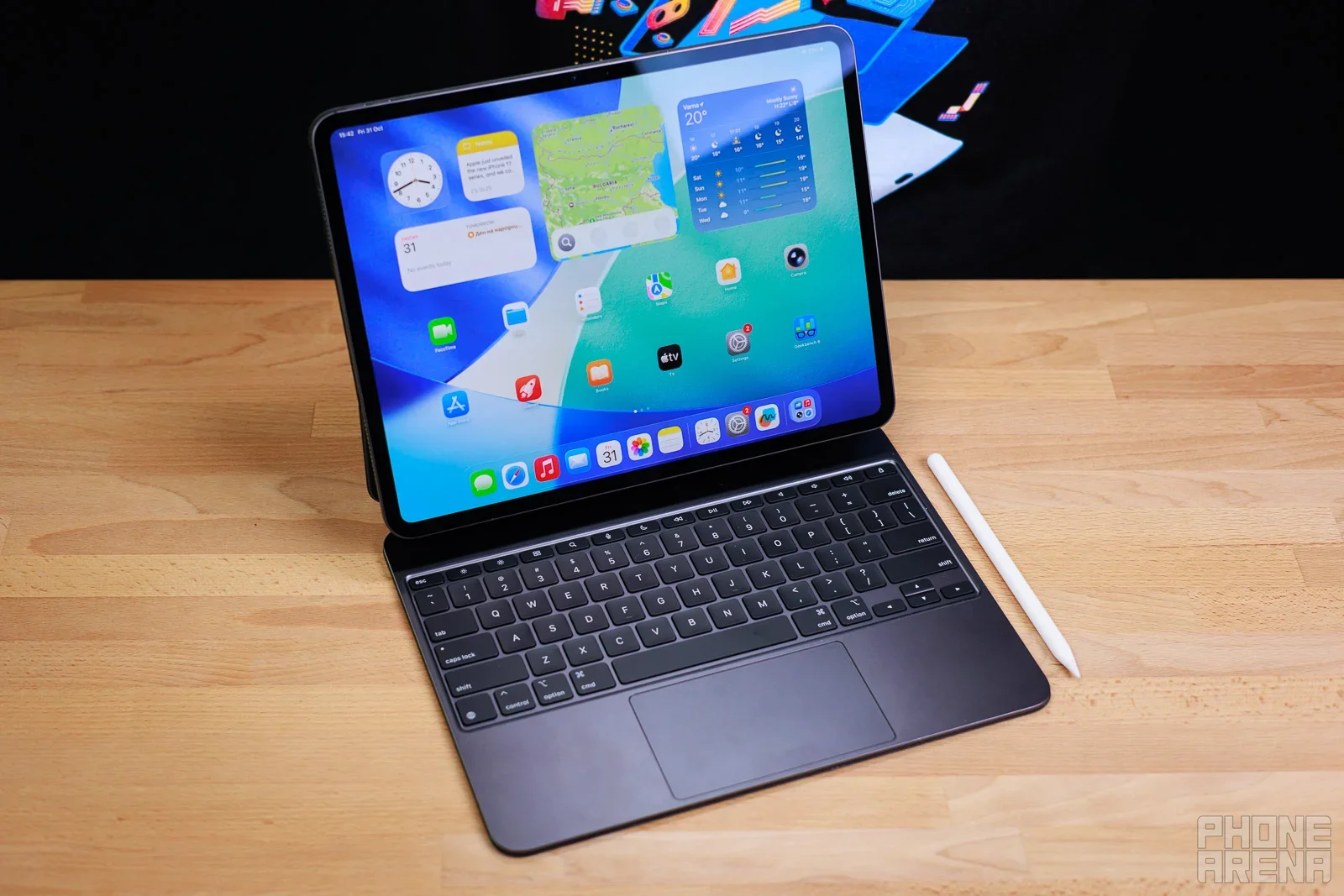There is a strange paradox about tablets. What started with the idea of having a super portable big-screen device, ended up in a product that spends 90% of its life gathering dust on idle somewhere in your home.
Sure, you do use them for that occasional YouTube binge, but you usually don’t carry one with you everywhere like your phone. You also typically don’t spend 8 hours every day working on a tablet like you would on a laptop or desktop computer.
A tablet that does something useful when you’re not using it


This idea pushed Google to enter the tablet space several years ago with its first Pixel Tablet, coming bundled with the Pixel Tablet Speaker Dock.
Sadly, the industry completely ignored this idea, and Google never released a second generation, but I am still convinced this was brilliant in many ways.
First, here is how it works:
- Drop the tablet on the dock
- It starts charging automatically
- It transforms into a smart display
- You can set it to work as a digital photo frame
- It can also work as a smart home hub
- You can also use it as a hands-free media device
Now, all of a sudden, your tablet has transformed in an Amazon Echo of sorts, making it much more useful for all of that time that it would otherwise just sit idle in a drawer.This comes with one more underrated benefit. With your tablet docked, you always know that you will pick up a charged device. Just how many times does it happen that you pick up a gadget you have left idle for a few days (or weeks), only to realize its battery is dead.
You not only always get a charged device with the dock, you also always know where to find it. Call me old, but I’ve been forgetting gadgets for years and having a set place to let a device rest is big for me.
A smart speaker too
The dock also comes with a built-in speaker that elevates the audio levels above the typical tablet quality.
Don’t expect to have your mind blown by this speaker, but this could certainly be an upgrade for the never-released second generation.
The dock is also coupled with far-field microphones, which makes it great for also taking calls on the speakerphone and having your hands free.
Why Apple never adopted this idea


Apple has started making the iPad a better laptop, but what about the time it spends idle?
There is a very practical (and very Apple) theory about why the iPad never got a speaker dock.Just imagine an iPad turning into a smart display / HomePod with a simple dock.
How would this affect Apple’s lineup of devices? Well, first of all, fewer people would need a HomePod Mini or that expected robotized display-on-arm thing that Apple is rumored to release this year. Of course, fewer people would buy HomePods for their homes.
And about that supposedly upcoming HomePad, Apple’s new smart screen for the home? Well, of course, it would be another device to buy and yet millions in profits. Why put that in jeopardy, right?
Of course, that’s just a theory, but it does explain why the industry never followed the Pixel Tablet adn its dock — it starts overlapping too many product categories.
It’s a 3-in-1 a-ha moment for tablets


Let’s recap: a docked Pixel Tablet becomes a 3-in-1 device: a more powerful tablet, a smart speaker and a smart display.
And remember that even though the Pixel Tablet launched three years ago, today we still don’t have that dock functionality in the latest iPads or Galaxy Tabs.
The real tragedy is that nobody ever picked up this idea, and Google was too uncommitted with tablets to follow it through.
I think that giving tablets a purpose for the 90% of their life that they spend lying in a drawer is great. It’s a real shame that neither Apple, nor Samsung or Lenovo picked up on this.
#Google #gave #tablets #idea #years #quietly #disappeared #Pixel #Tablet